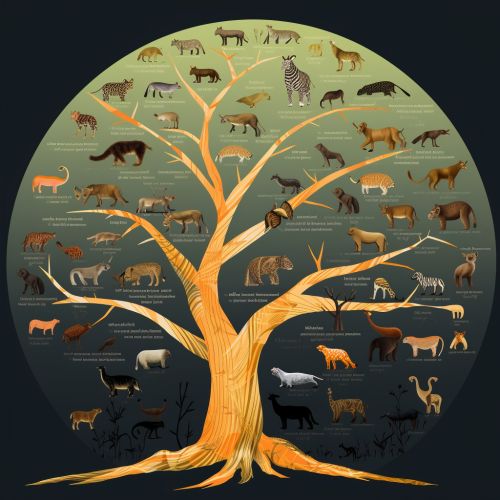Maximum Parsimony in Phylogenetics
Introduction
Phylogenetic analysis is a scientific method used to infer evolutionary relationships among different species. One of the key principles used in this analysis is the concept of maximum parsimony. This principle is based on the idea that the simplest explanation, requiring the fewest evolutionary changes, is the most likely.
Maximum Parsimony
Maximum parsimony is a character-based approach that infers a phylogenetic tree by minimizing the total number of evolutionary steps for a given set of data. In other words, it assumes that evolution follows the path of least resistance, resulting in the fewest possible character changes. This method is often referred to as the "Occam's Razor" of phylogenetics, as it seeks the simplest solution with the fewest assumptions.


Application in Phylogenetics
In phylogenetics, maximum parsimony is used to construct trees that represent the evolutionary relationships among a set of species. The goal is to find the tree that requires the fewest changes in character states, which is considered to be the most parsimonious. This method is particularly useful when dealing with molecular data, such as DNA sequences, where the number of possible character states is relatively small.
Advantages and Limitations
Like all methods in phylogenetics, maximum parsimony has its strengths and weaknesses. One of the main advantages is its simplicity and intuitive appeal. It is easy to understand and apply, and it provides a clear criterion for choosing among alternative phylogenetic trees. However, maximum parsimony is not without its limitations. It assumes that all changes are equally likely, which may not always be the case. Furthermore, it can be sensitive to the inclusion or exclusion of particular taxa, and it may not perform well when the rate of evolution varies among different lineages.
Computational Aspects
The computation of the most parsimonious tree is a complex task. The number of possible trees grows exponentially with the number of taxa, making it computationally infeasible to examine all possible trees for large datasets. Therefore, heuristic search strategies are often used to find the most parsimonious tree. These strategies do not guarantee finding the most parsimonious tree, but they often find a tree that is close to the most parsimonious.
Conclusion
Despite its limitations, maximum parsimony remains a popular method in phylogenetics due to its simplicity and intuitive appeal. It provides a useful tool for reconstructing the evolutionary history of species, and it has played a key role in our understanding of the tree of life.
